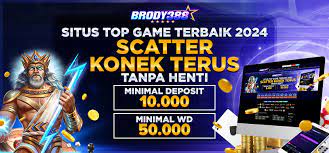
The Joker card is a unique and intriguing element in the deck of playing cards, known for its versatility and unpredictable joker card balance. Originally introduced in the United States in the mid-19th century, the Joker has evolved from its origins into a multifaceted symbol in various games and cultural references.
History and Evolution
The Joker card was created during the development of the game of Euchre, which was popular in the United States during the 1850s. It was initially intended as a trump card, serving to enhance gameplay. Over time, the Joker gained popularity and began to appear in other card games, becoming a standard feature in modern decks.
The design of the Joker has varied significantly across different regions and contexts. Traditionally, Jokers are depicted as jesters or clowns, embodying a playful and mischievous spirit. The two most common designs are the “black” and “red” Jokers, which often have distinct illustrations and styles.
Role in Card Games
The Joker is perhaps best known for its versatility in card games. In many games, it can act as a wild card, meaning it can substitute for any other card to form a winning hand. This characteristic adds an element of unpredictability and excitement, allowing players to adapt their strategies in response to the cards dealt.
Some popular card games featuring the Joker include:
- Poker: In certain variations of poker, such as Joker Poker, the Joker can be used as a wild card, increasing the chances of making strong hands.
- Rummy: In Rummy, the Joker can replace any card, making it easier to form sets or runs.
- Canasta: The Joker holds a significant value and can be used to help players complete their melds.
Cultural Significance
Beyond its role in card games, the Joker has permeated popular culture and various forms of media. The character of the Joker is famously represented in comic books and films, most notably as the arch-nemesis of Batman. This version of the Joker embodies chaos, unpredictability, and dark humor, which contrasts with the lighter, more playful representation in card games.
The Joker also symbolizes the idea of breaking societal norms and expectations. In many cultures, the Joker is seen as a figure that challenges authority and encourages people to embrace their individuality.
Conclusion
The Joker card is more than just a playing card; it represents versatility, surprise, and the element of chance. Whether used in games or depicted in popular culture, the Joker continues to captivate the imagination, embodying the playful spirit of unpredictability. Its duality as both a symbol of joy and chaos ensures its lasting significance in the world of card games and beyond.